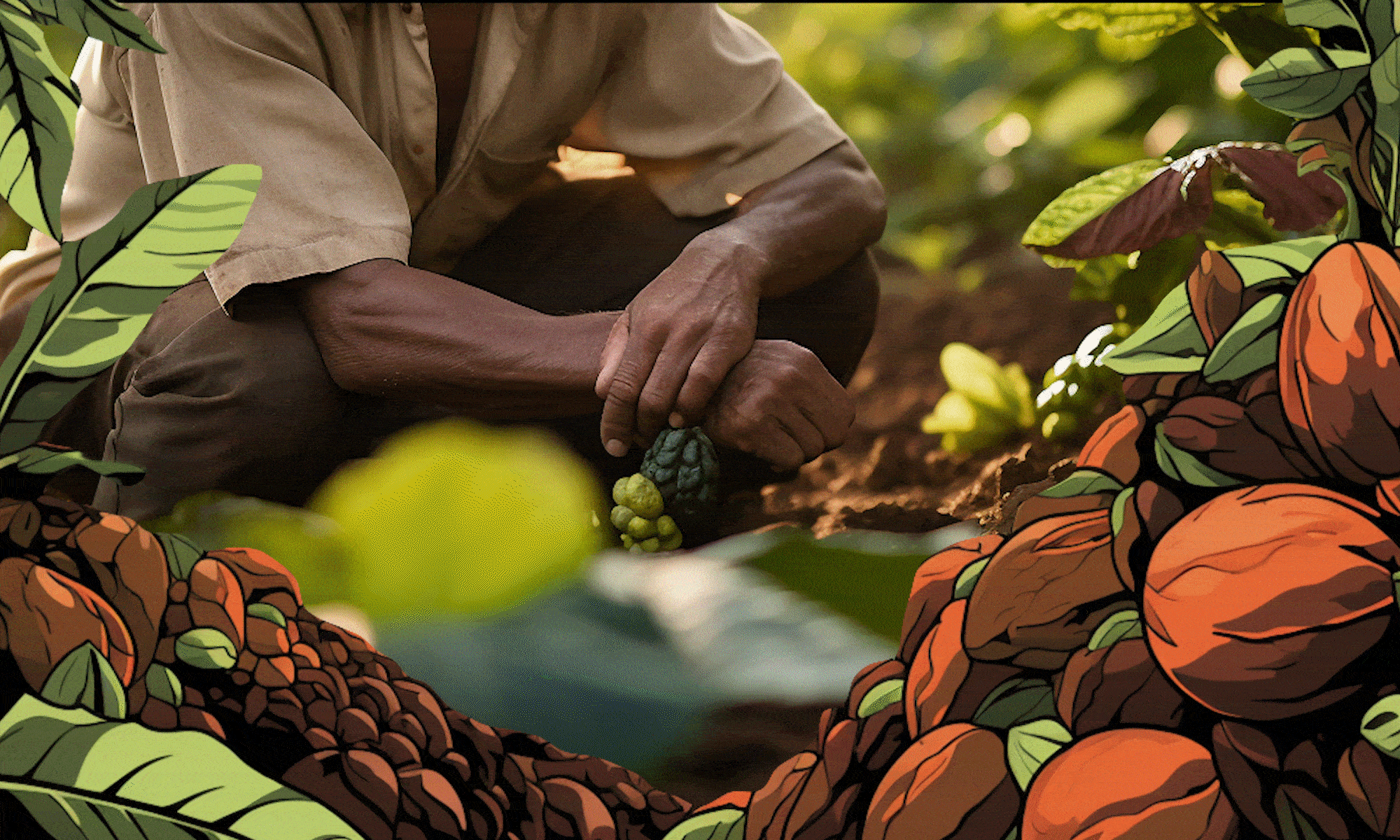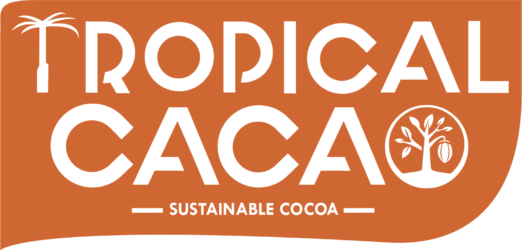Soil health directly correlates with cacao yield, bean quality, and tree longevity. Regular soil testing (recommended annually) helps optimize pH levels (ideal range: 5.5-6.8) and identify specific nutrient deficiencies. Cover cropping with legumes can add 50-100kg of nitrogen per hectare annually while improving soil structure. Strategic application of compost and organic mulches increases beneficial microbial activity and water retention capacity. These practices not only boost production but also build climate resilience by improving your soil’s carbon sequestration capacity and drought resistance, creating long-term farm sustainability.
The Impact of Fermentation Techniques on Chocolate Flavor Development
Different fermentation approaches dramatically influence the flavor compounds developed in your cacao. Box fermentation typically produces more consistent results than heap methods, while varying fermentation duration (4-7 days) significantly affects acidity and flavor intensity. Advanced techniques like gradual temperature ramping can enhance desirable flavor notes while minimizing bitterness. Some innovative farms are experimenting with adding specific microorganisms to create signature flavor profiles. Understanding the biochemistry of fermentation gives you greater control over your product’s final taste, potentially creating proprietary flavor profiles that command premium market positioning.
Building Direct Trade Relationships with Craft Chocolate Makers
Direct trade relationships with specialty chocolate makers can increase farm income compared to selling through traditional channels. These partnerships often involve long-term commitments, quality premiums, and pre-financing arrangements that improve cash flow. To attract craft chocolate partners, focus on consistency in post-harvest processing, detailed documentation of farming practices, and samples that showcase your beans’ unique flavor profile. Online platforms, specialty cacao exhibitions, and industry organizations like the Fine Chocolate Industry Association provide valuable connection points for establishing these lucrative relationships.
Water Management Strategies for Cacao Farm Sustainability
Effective water management is increasingly critical for cacao farm success amid changing climate patterns. Implementing rainwater harvesting systems with storage capacity for dry periods can protect plants during drought conditions. Proper drainage systems prevent waterlogging and reduce disease pressure during heavy rainfall events. Drip irrigation, where necessary, can reduce water usage by up to 60% compared to traditional methods. Strategic shade management also plays a crucial role in water conservation by reducing evaporation rates. These integrated approaches not only protect crops but also contribute to watershed health in your region.
Regenerative Agroforestry Models for Cacao Production
Regenerative agroforestry systems integrate cacao with complementary plants across multiple canopy layers, creating ecological and economic resilience. These systems typically include tall timber species, fruit trees, nitrogen-fixing plants, and ground cover crops. Benefits include improved soil health, natural pest control, and diversified income streams. The layered farming approach also creates natural carbon sequestration, potentially qualifying farms for additional carbon credit income while building long-term soil fertility that reduces input costs.
Creating Value-Added Products from Your Cacao Farm
Diversifying beyond raw cacao beans can multiply your farm’s revenue streams. On-site processing to create cocoa nibs, cocoa butter, or finished chocolate bars can increase profits by 3-5 times compared to selling raw beans. Agritourism experiences—including farm tours, chocolate-making workshops, and tasting events—appeal to travelers seeking authentic experiences and typically command $20-50 per visitor. By-products like cacao pulp can be transformed into juices, jams, or fermented beverages, turning what was once waste into profitable products while creating year-round income opportunities beyond harvest seasons.
Managing Common Pests and Diseases in Tropical Cacao Plantations
Preventative management of pests and diseases can save up to 40% of potential crop losses in cacao production. Black pod disease, witches’ broom, and frosty pod rot represent the most significant threats, while mirids and cocoa pod borers are the most damaging insects. Integrated pest management approaches—including proper pruning for airflow, regular harvesting of ripe pods, and maintaining farm hygiene—significantly reduce these risks. Biological controls like beneficial fungi and predatory insects offer effective alternatives to chemical treatments while maintaining ecological balance and meeting sustainability certification requirements.
Organic Certification for Cacao Farms: Is It Worth the Investment?
Organic certification requires a transition period of 2-3 years but can increase your crop’s market value by 20-40%. The certification process involves eliminating synthetic inputs, implementing natural pest management, and maintaining detailed records of farm practices. Many farmers report that the premium prices and improved soil health provide long-term benefits. Before pursuing certification, research chocolate makers specifically seeking organic cacao to ensure you’ll have buyers willing to pay for your premium product.
Essential Tools and Equipment for Modern Cacao Farming
Investing in the right tools dramatically improves efficiency and quality in cacao production. Essential equipment includes proper harvesting tools (sharp pruners and machetes with protective gear), fermentation boxes built from untreated wood, and well-designed solar dryers that protect beans from rain while ensuring proper airflow. For larger operations, mechanized pulping machines can reduce labor costs, while moisture meters help prevent mold issues during storage. Strategic equipment investments typically pay for themselves within 1-3 harvests through improved quality, reduced labor costs, and decreased post-harvest losses.
The Growing Demand for Single-Origin Cacao: Market Opportunities
The single-origin chocolate market has grown exponentially, with consumers increasingly willing to pay premium prices for traceability and unique flavor profiles. This trend creates unprecedented opportunities for cacao farmers to develop direct relationships with craft chocolate makers. Farms with distinctive terroir characteristics can leverage their unique growing conditions to command prices 2-3 times higher than commodity cacao. Building your farm’s brand story around specific regional characteristics, processing methods, and sustainability practices can help you tap into this lucrative and growing market segment.

